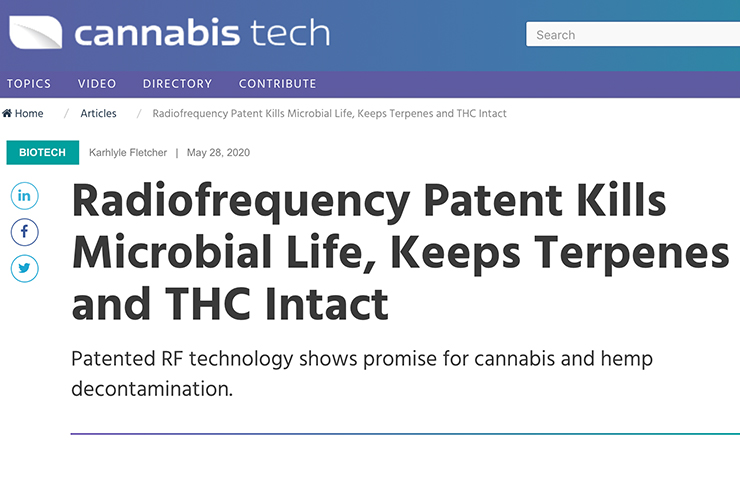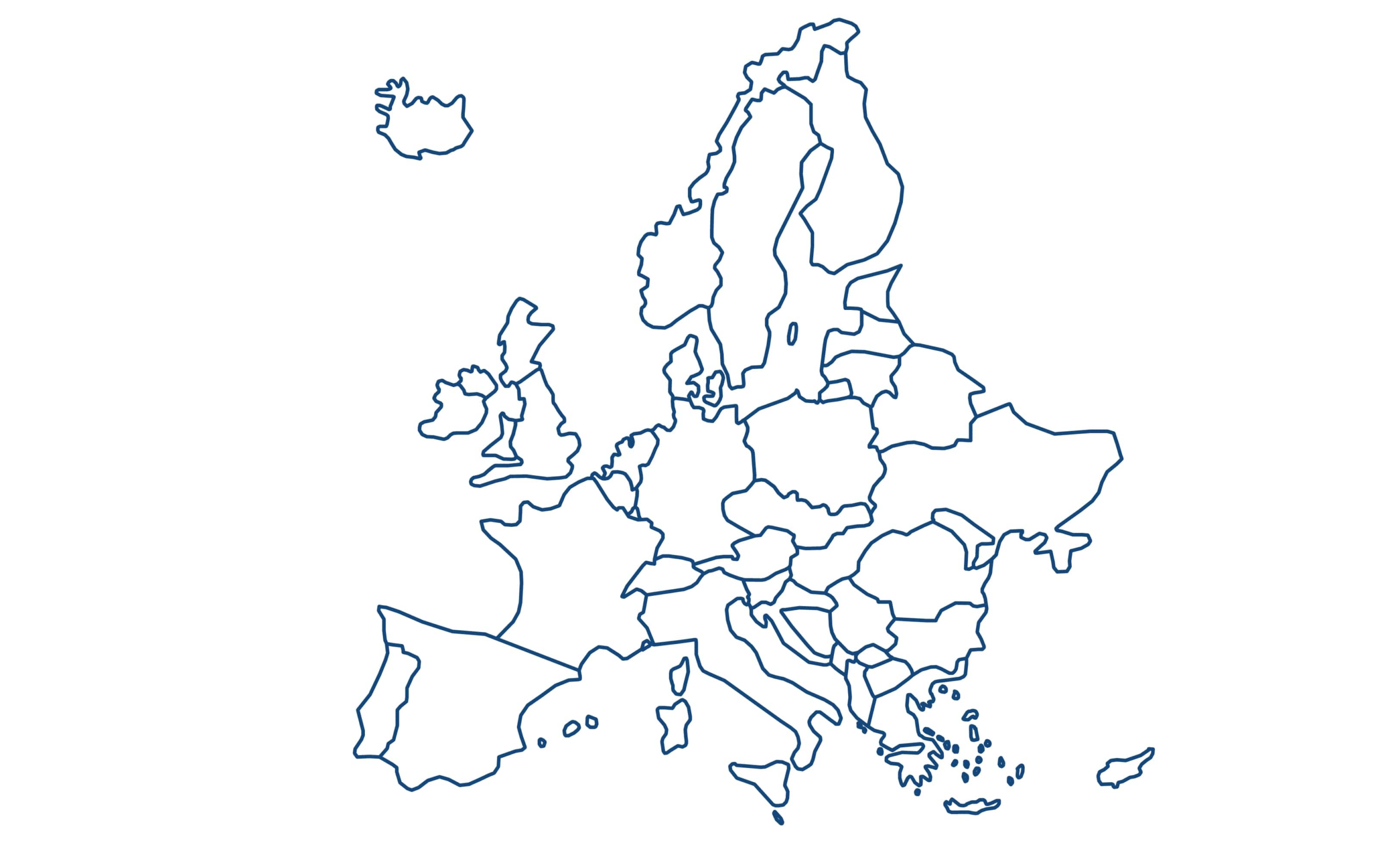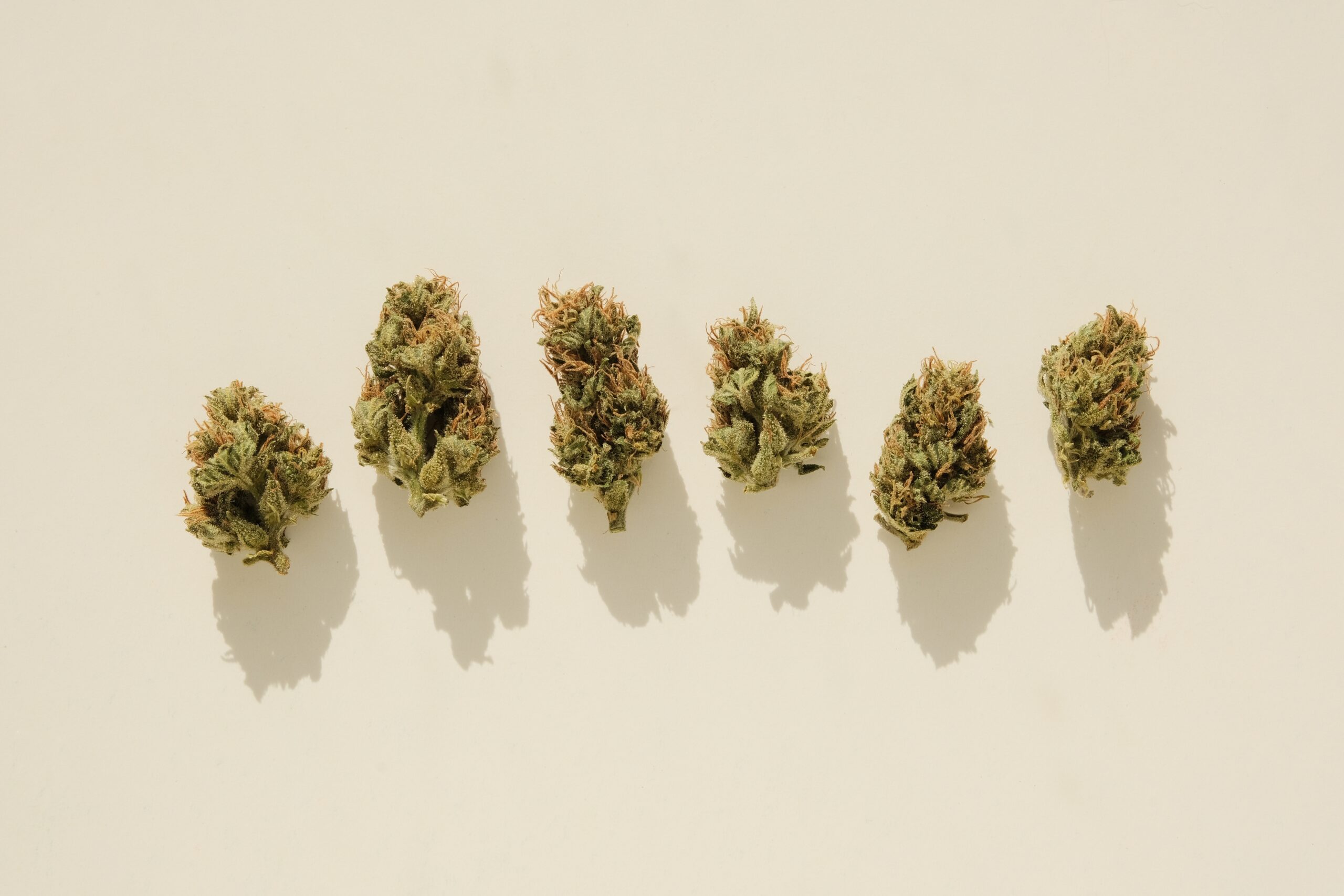MICROBIOLOGIE TEST - FAQ
Wat is een microbiologische test?
Een microbiologische test is een laboratoriumprocedure om micro-organismen zoals bacteriën, gist, schimmel en andere pathogenen te onderzoeken en te karakteriseren. In cannabis verwijst de term "microbiologische test" naar het tellen van het aantal bacteriën, gist, schimmel, etc., of het testen of een specifieke pathogeen aanwezig is in het product of niet.
Wat is logreductie in de microbiologie?
In de microbiologie is "logreductie" een maatstaf voor hoe effectief een proces is in het reduceren van pathogenen. Hoe groter de logreductie, hoe effectiever het proces is in het doden van pathogenen. 'Log' is een afkorting van logaritme, een wiskundige term. Elke 'log'-toename is een 10-voudige toename. Bijvoorbeeld, 3-log is 103 of 10 x 10 x 10 = 1.000.
Een logreductie neemt het vermogen in de tegenovergestelde richting. Een logreductie van 1 is bijvoorbeeld gelijk aan een tienvoudige reductie, of de uiteindelijke telling is 1/10 van de oorspronkelijke telling. De procentuele reductie is dus (1 - 1/10) x 100 = 90%.
Om de logreductie te bepalen, tellen microbiologische laboratoria het aantal kolonievormende eenheden (CFU/g) van een bepaald micro-organisme, bijvoorbeeld TYMC, in een product vóór de behandeling. Vervolgens wordt er een ander monster gestuurd na de radiofrequentiebehandeling om CFU/g van dezelfde ziekteverwekker te meten. Het resultaat van het verschil tussen 'voor' en 'na' wordt uitgedrukt als een logreductie.
Als basisregel geldt dat u voor elk extra logreductiegetal een 9 optelt bij de procentuele reductie. Een logreductie van 3, zoals hierboven geïllustreerd, is dus (1 - 1/1000) x 100 = 99,9%-reductie vergeleken met een logreductie. reductie van 6, wat overeenkomt met een reductie van 99,9999%.
Waarvoor wordt een gramkleuringstest in de microbiologie gebruikt?
In de microbiologie is een gramkleuring een test die wordt gebruikt om bacteriën te identificeren. Een monster wordt gekleurd en onder een microscoop onderzocht om te zien hoe de bacteriën reageren op de kleuring. De bacteriën worden geclassificeerd als Gram-positief of Gram-negatief op basis van de kleur die ze krijgen. Gram-positieve bacteriën lijken paars, terwijl Gram-negatieve bacteriën roze lijken.
Wat zijn CFU's in cannabis?
CFU staat voor Colony Forming Units. Het geeft het aantal levende micro-organismen in cannabis aan. CFU wordt bepaald door het aantal kolonies te tellen dat op een Petrischaal groeit.
Welke microben en pathogenen worden getest bij cannabistesten?
De microben en pathogenen die in cannabisproducten worden gescreend, variëren en zijn afhankelijk van de regelgeving van de staat. Enkele van de meest voorkomende zijn Total Yeast and Mold (TYMC), Total Aerobic Count (TAMC), Aspergillus, Coliformen, E coli, en gal-Tolerante gramnegatieve bacteriën (BTGN).
Welke soorten testen worden er uitgevoerd op microbiële besmetting in cannabis?
Er worden twee soorten microbiële testen gebruikt voor cannabisplantmateriaal. De eerste is een op cultuur gebaseerde methode waarbij een monster op selectieve media wordt geplateerd en onder specifieke omstandigheden wordt geïncubeerd. om de groei van gerichte microben mogelijk te maken. De gevormde kolonies worden vervolgens geteld om de microbiële belasting te bepalen, uitgedrukt als CFU/g. De tweede is de PCR-methode, die detecteert en kwantificeert specifiek microbieel DNA van pathogenen in het monster.
Zal radiofrequentiebehandeling helpen om microbiële tests te doorstaan?
Behandeling met radiofrequentie heeft bewezen het totale gist- en schimmelgetal (TYMC) met meer dan 99,9% te verminderen en voldoet aan de wettelijke vereisten. Radiofrequentie is ook effectief bij het aanpakken van andere testcriteria zoals het totale aerobe microbiële aantal (TAMC), galtolerante gramnegatieve (BTGN), coliformen en Aspergillus.
Verwijdert radiofrequentie pesticiden en zware metalen?
Radiofrequentiebehandeling richt zich op het verminderen van microbiële besmetting, zoals gist, schimmels en bacteriën, maar elimineert geen pesticiden of zware metalen.
Kan Penicillium behandeld worden met radiofrequentie?
Penicillium is een soort schimmel. Het kan van nature in het milieu worden aangetroffen (bodem, rottende vegetatie en lucht).
Net als elk ander micro-organisme omvat de Penicillium-familie een breed scala aan soorten waarvan er een paar bewezen zeer nuttig zijn voor mensen; bijvoorbeeld, het antibioticum penicilline wordt geproduceerd door Penicillium, en de schimmel die wordt gebruikt bij het maken van Camembert-kaas is afkomstig uit de Penicillium-familie.
Aan de andere kant worden veel Penicillium-soorten als verontreinigende stoffen beschouwd, en sommige kunnen zelfs infecties bij mensen veroorzaken of mycotoxine produceren.
Wetende dat radiofrequentie (RF) effectief is in totale gist- en schimmelreductie, wordt verwacht dat RF de Penicillium-populatie kan reduceren. We hebben echter geen gegevens die specifiek betrekking hebben op Penicillium-soorten op cannabis en kunnen geen specifieke logreductie voorspellen.
Doodt radiofrequentie mycotoxinen?
Mycotoxinen zoals aflatoxinen zijn van nature voorkomende toxinen die worden geproduceerd door schimmels zoals Aspergillus. Deze gifstoffen kunnen de oorzaak zijn van een verscheidenheid aan nadelige gezondheidseffecten bij zowel mens als dier. Immuunsuppressie (verzwakking van het immuunsysteem) en kanker behoren tot de met aflatoxine geassocieerde gezondheidseffecten. De meeste mycotoxinen zijn chemisch stabiel en worden tijdens de voedselverwerking niet volledig vernietigd. Om deze verbindingen te elimineren zijn complexere en zwaardere verwerkingsomstandigheden vereist.
In het verleden hebben we het effect van RF op de reductie van aflatoxine in maïs getest en enige reductie in aflatoxineconcentraties waargenomen bij hoge temperaturen (110-120°C). We hebben geen gegevens over het effect van RF op mycotoxinen in cannabis. Op basis van eerdere ervaringen kan men echter zeggen dat de RF-procestijd en -temperatuur voor het verminderen van de microbiële populatie in cannabis niet voldoende is om mycotoxinen te vernietigen.
Kan radiofrequentie galtolerante gramnegatieve bacteriën behandelen?
Galtolerante gramnegatieve (BTGN) bacteriën zijn een groep bacteriën die de barre omstandigheden van de menselijke maag kunnen overleven. Ze zijn uitgerust met een membraan dat hen beschermt tegen een breed scala aan chemicaliën, zoals detergenten en antimicrobiële enzymen of zelfs veel antibiotica. Sommige bacteriën uit de Enterobacteriaceae, Pseudomona en Aeromonas families zijn leden van de galtolerante gramnegatieve bacteriën. Ze zijn wijdverspreid in het milieu.
In de VS vereisen de regelgevende instanties die de Cannabis Monograph van de American Herbal Pharmacopoeia gebruiken als referentie voor het definiëren van de aanvaardbare microbiële limiet in cannabis testen op galtolerante gramnegatieve bacteriën met een aanvaardbare limiet van < 1000 CFU/g. Washington, Massachusetts, New Mexico, New York, Illinois en Ohio behoren tot de staten waar tests op galtolerante gramnegatieve bacteriën vereist zijn.
De Canadese regelgeving vereist testen op galtolerante gramnegatieve bacteriën in cannabis. Ziel heeft beperkte ervaring met het herstel van BTGN, maar op dit moment beschikt Ziel niet over voldoende gegevens om de verwachte logreductie van BTGN met het Baseline-recept te voorspellen.
Kan radiofrequentie dodelijk zijn? Aspergillus?
In beperkte productieruns van cannabisbloemen die positief testten op Aspergillus, Radio Frequency is er succesvol in geslaagd om het product aan de eisen te laten voldoen.
Groeien schimmels of gisten opnieuw na een radiofrequentiebehandeling?
Nee. Zolang het wateractiviteitsniveau onder de 0,65 ligt, zullen schimmels, gisten en bacteriën niet meer groeien. Analysecertificaten meten doorgaans wateractiviteitsniveaus. Bovendien vereisen sommige staten wateractiviteitsniveaus < 0,65 of 0,60 om de stabiliteit van het product te garanderen nadat het in de detailhandel is geplaatst.
Moeten kwekers veelvoorkomende schimmels identificeren vóór de radiofrequentiebehandeling?
Telers hoeven niet te bepalen om welk type schimmel het gaat voordat ze met de behandeling beginnen.
Kan radiofrequentie echte meeldauw verhelpen?
Helaas niet. Naarmate de schimmel vordert, treedt er visuele schade op. Er is geen saneringsproces dat de echte meeldauw kan verwijderen. De aanbevelingen zijn om uw upstream-processen vóór de oogst te verbeteren, het post-oogstproces effectief te beheren en te saneren met radiofrequentie.
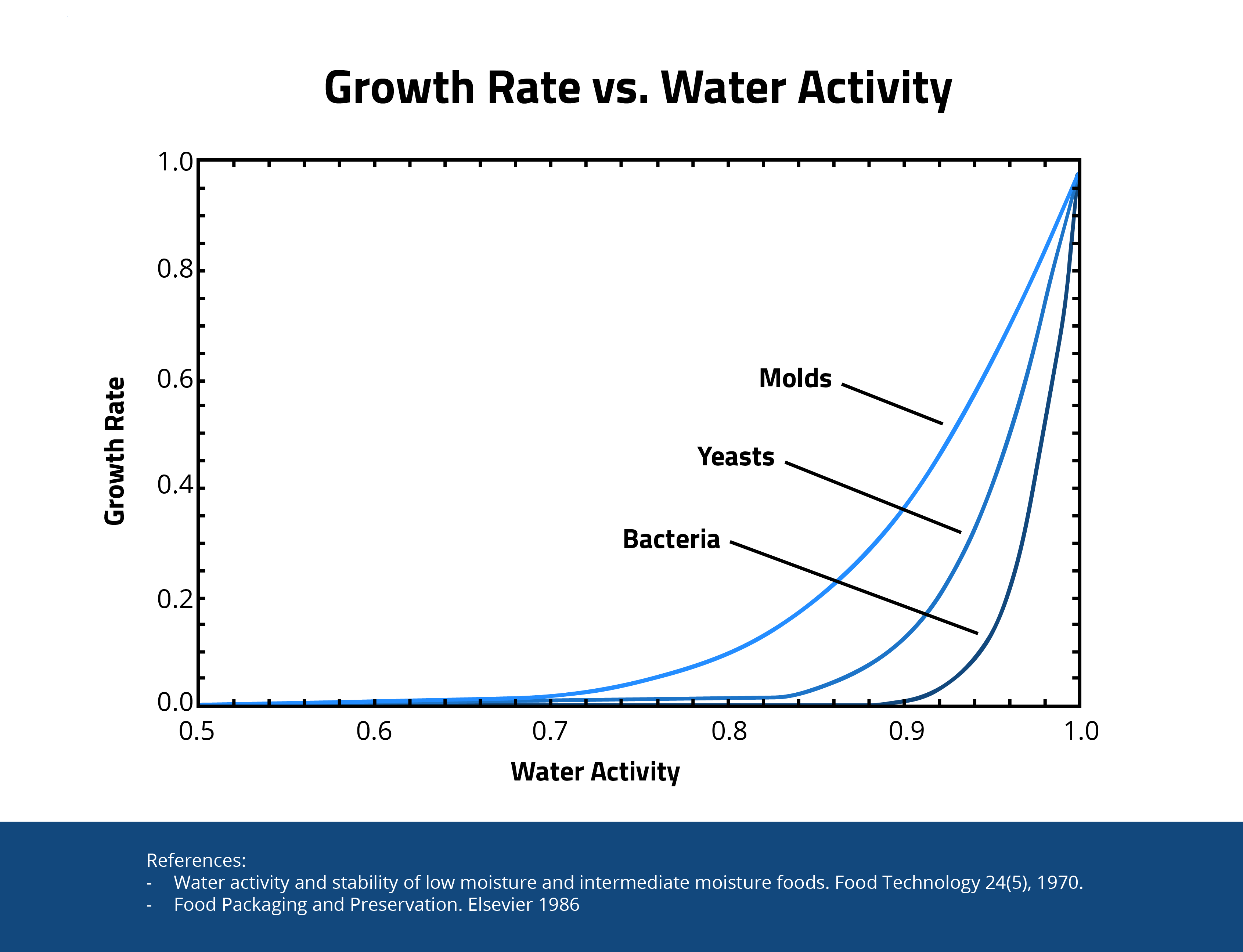
Vindt er regeneratie plaats nadat het product met radiofrequentie is behandeld?
Nee. Zoals de kaart aangeeft, zullen schimmels, gisten en bacteriën niet teruggroeien zolang het wateractiviteitsniveau lager is dan 0,65. Analysecertificaten meten meestal de wateractiviteitsniveaus. Bovendien eisen sommige staten een wateractiviteitsniveau < 0,65 of 0,60 om de stabiliteit van het product te garanderen nadat het in apotheken in de detailhandel is geplaatst.
Meer bronnen voor ioniserende versus niet-ioniserende straling

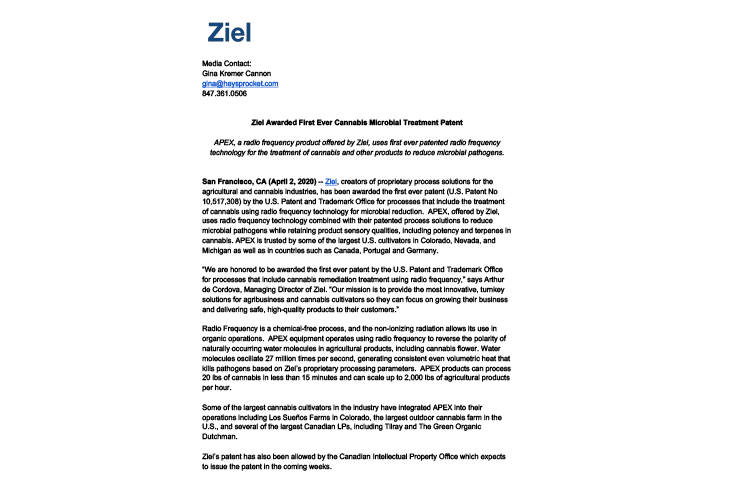
Ziel krijgt het allereerste patent op microbiële behandeling van cannabis
